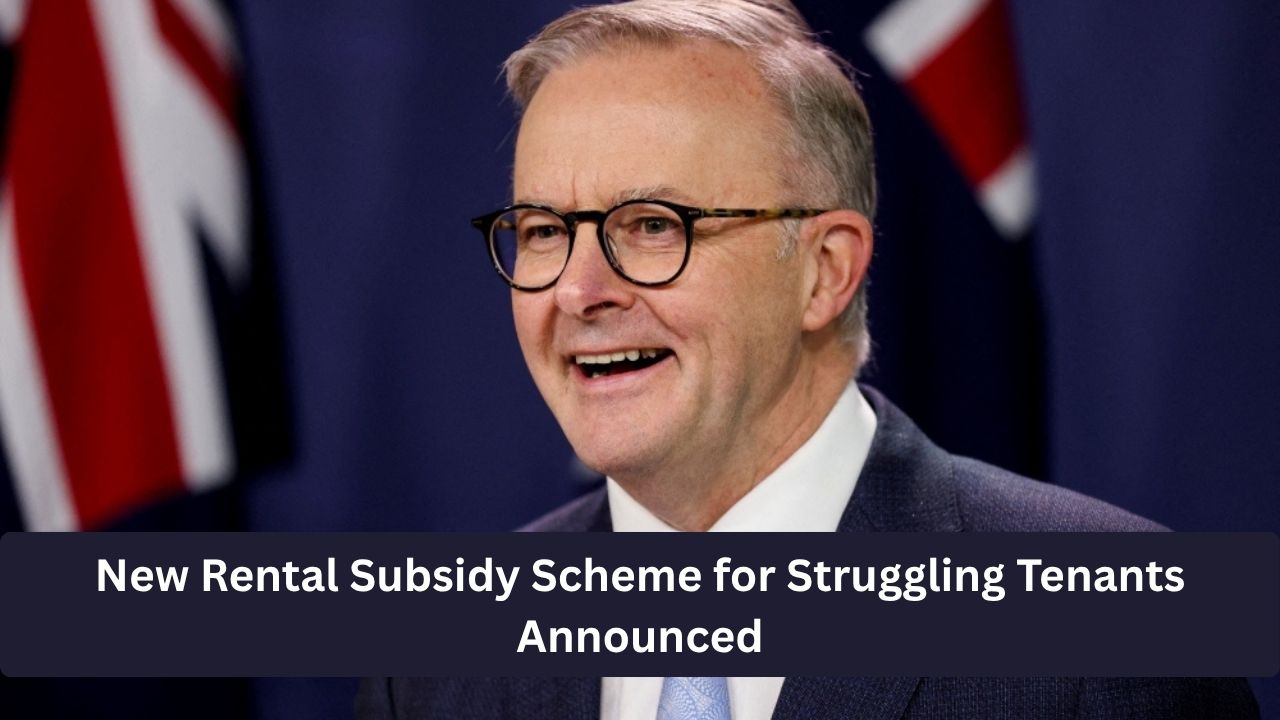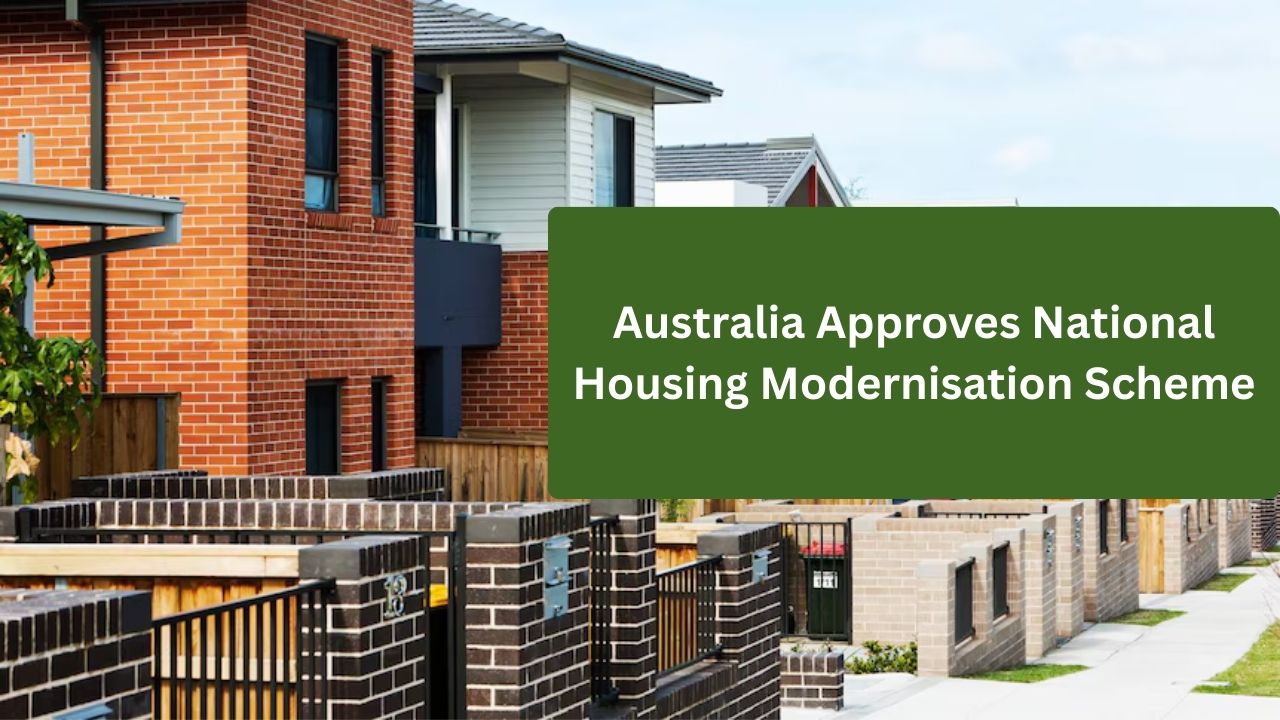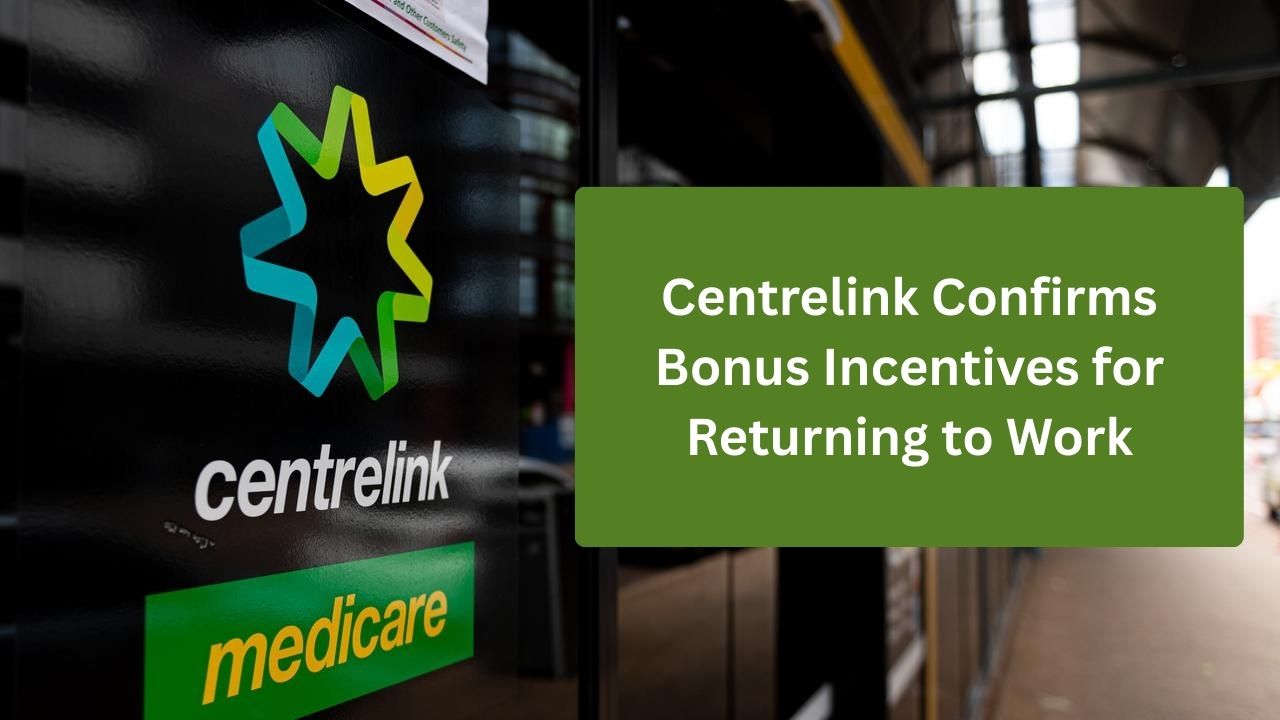A new rental subsidy program has been introduced by the Australian government to help renters who are having trouble paying their rent. Thousands of Australians are dealing with financial strain, the possibility of eviction, and unstable housing due to rising rental rates in major cities and rural areas. By providing a monthly payment to assist cover rent, avoid evictions, and ensure housing stability for renters with low and moderate incomes, this new program seeks to alleviate these pressures.
For many families, young professionals, retirees, and students, the subsidy program is a welcome respite as housing affordability emerges as one of the nation’s most urgent social challenges. The government intends to stabilize the rental market, lessen homelessness, and aid low-income households by providing direct financial assistance.
Quick Info
| Quick Fact | Details |
|---|---|
| Program Name | Tenant Rental Subsidy Scheme |
| Launch Date | December 2025 |
| Who Qualifies | Low- and moderate-income renters facing rent stress |
| Subsidy Amount | Up to $300 per month, depending on income and rental obligations |
| Purpose | Help tenants pay rent, prevent evictions, and provide financial stability |
| Payment Method | Direct payment to landlords or tenants, depending on arrangements |
| Duration | Initial support up to 12 months, renewable if necessary |
What Is the Tenant Rental Subsidy Scheme?
A government initiative called the Tenant Rental Subsidy Scheme is designed to assist tenants who are having difficulty making their monthly rent payments. It offers low- and moderate-income tenants financial assistance to preserve stability and lessen housing stress.
The plan is intended to:
- Give homes experiencing rental difficulty financial support.
- Make sure renters are able to pay their rent in order to avoid evictions and possible homelessness.
- Encourage stability in the neighborhood by keeping people and families in their homes.
- Supplement current welfare programs, including Centrelink benefits, to provide additional assistance when required.
Why the Scheme Matters
Affordable housing is becoming a bigger problem, particularly in places like Brisbane, Melbourne, and Sydney. Rent sometimes accounts for more than 30 to 40 percent of a tenant’s income, leaving little money for necessities like electricity, food, and medical care.
The significance of the new rental subsidy program lies in:
1. Reduces Tenant Financial Stress
This subsidy offers additional monthly assistance to families and individuals who are having difficulty paying their rent, making it simpler to manage family budgets and pay other necessary expenses.
2. Stops Evictions
The initiative lowers the danger of eviction by assisting renters in fulfilling their rental responsibilities. People with impairments, seniors, and single parents are among the disadvantaged categories for whom this is especially crucial.
3. Promotes Stability in the Community
Communities keep together, families stay linked to support systems, and kids may continue attending the same schools because to stable tenancies.
Who Is Eligible?
A mix of income, rental expenses, and financial hardship determines eligibility for the subsidy:
- Income Thresholds: According to official definitions, tenants must have a low or moderate income. Depending on the size and location of the family, thresholds may change.
- Rental Stress: Tenants who spend more than thirty to thirty-five percent of their income on rent are given priority.
- Proof of Hardship: Candidates must provide evidence of financial hardship, such as a job loss, a reduction in hours worked, or unforeseen costs.
- Tenancy Status: Candidates must have a current lease with a reputable property management or landlord.
- Residency Requirements: Candidates must be citizens or permanent residents of Australia.
How the Subsidy Works
The Tenant Rental Subsidy Program is designed to be accessible and adaptable:
- Subsidy Amount: Depending on income, rent, and household conditions, eligible tenants may receive up to $300 per month.
- Payment Method: Money can be sent directly to renters to pay for rent or directly to landlords to lower arrears.
- Duration: If financial hardship continues, support may be extended beyond the first 12-month period.
- Application Procedure: Candidates provide evidence of hardship, rental responsibilities, and proof of income. The government promptly discloses its choices after reviewing applications.
Tenants will be able to remain in their homes and avoid financial hardship thanks to this strategy, which aims to give quick financial support to those in need.
How to Apply for the Subsidy
A few crucial stages are involved in applying for the Tenant Rental Subsidy Scheme:
- Verify Eligibility: Examine documentation of financial difficulties, rent responsibilities, and income thresholds.
- Prepare Documentation: Gather proof of rental agreement, income, and financial strain.
- Send in Your Application: Generally, you may send in your application online or through your local housing agency.
- Evaluation: After reviewing applications, the government notifies applicants in a few of weeks.
- Receive Payments: Tenants who have been approved are given money directly, either to their landlord or to themselves.
Tenants are urged to apply as soon as possible because the program’s goal is to help those in need in a timely manner.
Potential Long-Term Impact
Over time, the rental subsidy program can have the following major benefits:
- Reduced Homelessness Rates: By assisting renters in remaining in their homes, fewer persons experience homelessness or eviction.
- Stabilized Rental Markets: A stronger housing market is a result of lower rental arrears.
- Renters’ Safety Net: Tenants receive additional assistance in times of financial difficulty or personal adversity.
- Complementary to Social Housing: Provides a thorough support system in conjunction with government housing initiatives.
The program may contribute to the development of safer, more stable housing circumstances for Australians across the country by providing useful, focused assistance.
Looking Ahead: What Tenants Should Know
- Keep Up: For changes on eligibility and payment amounts, visit local housing organizations or government websites.
- Keep Documentation Ready: Keep rental agreements, proof of hardship, and income records.
- Make a sensible budget by using the subsidies to pay for utilities, rent, and other necessities.
- Communicate with Landlords: To guarantee seamless payment arrangements, let landlords know about the subsidies.








Leave a Reply